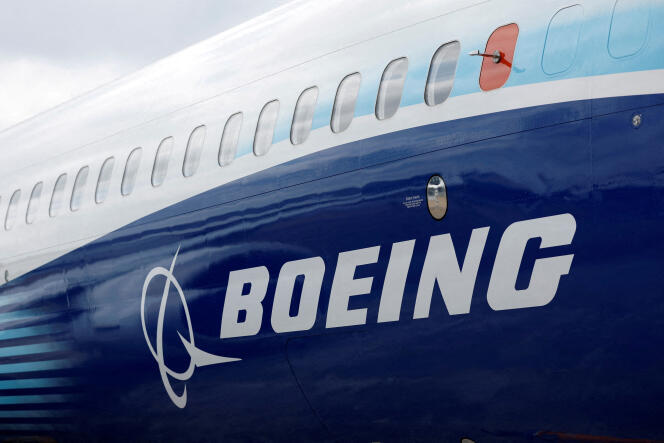


Confidence in Boeing is crashing. According to Morning Consult's barometer, the number of Americans with confidence in the aviation brand dropped from 32 to 20 points in one month between December 2023 and January; that of passengers who use its planes often fell from 41 to 28 points. After the in-flight detachment of an emergency exit door from an Alaska Airlines Boeing 737 MAX 9 on January 5, the aircraft manufacturer has been in dire straits. It is once again caught in up turmoil, unable to fly its aircraft safely, following the Lion Air and Ethiopian Airlines 737 MAX 8 disasters, which claimed 346 lives in 2018 and 2019. On Wednesday, January 24, the Federal Aviation Administration (FAA), the US civil aviation regulator, reported that a wheel on a Boeing 757 operated by Delta Air Lines detached as the plane got into place for takeoff at Atlanta International Airport over the weekend of January 20.
Even the stock market has finally accepted the evidence: Something is broken at Boeing, which has lost 18% of its value since the start of the year.
The FAA ordered that the 737 MAX aircraft fitted with these door closures be grounded for inspection, especially at United Airlines and Alaska Airlines. In a statement, it sharply criticized Boeing for having lied to the authorities when the 737 MAX 8 was certified. "This incident should never have happened and it cannot happen again." On Sunday, January 21, it extended inspection requirements to the 737-900 ER, which preceded the MAX 9. Since its inaugural flight in 2006, the 737-900 ER has logged over 11 million operating hours and completed 3.9 million flights, according to the FAA, without a single problem related to door closure.
The whole matter has led to a lawsuit against the company and all the mistakes it has made over the past quarter-century: its failure to recognize the rise of Airbus and its A320s, which were to compete with the Boeing 737s; the merger with the military aircraft manufacturer McDonnell Douglas and the takeover of Boeing by its executives, who were more accustomed to politicking in Washington to obtain subsidies than to working on aircraft quality on an industrial scale; an obsession with profitability which, in 2000, after a major strike in the manufacturer's historic birthplace Seattle, led to the relocation of headquarters to Chicago, the relocation of some of production to South Carolina and the subcontracting of fuselage construction to a former Kansas plant, Spirit AeroSystems.
You have 60% of this article left to read. The rest is for subscribers only.
